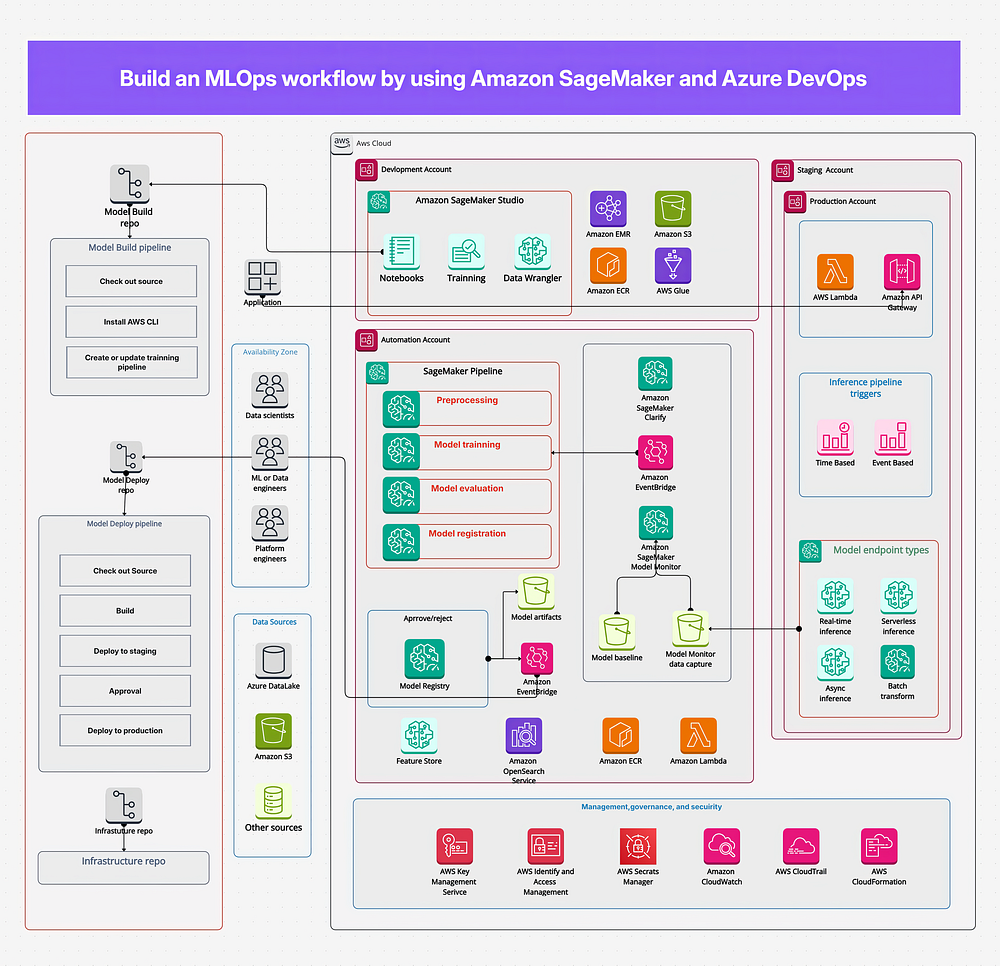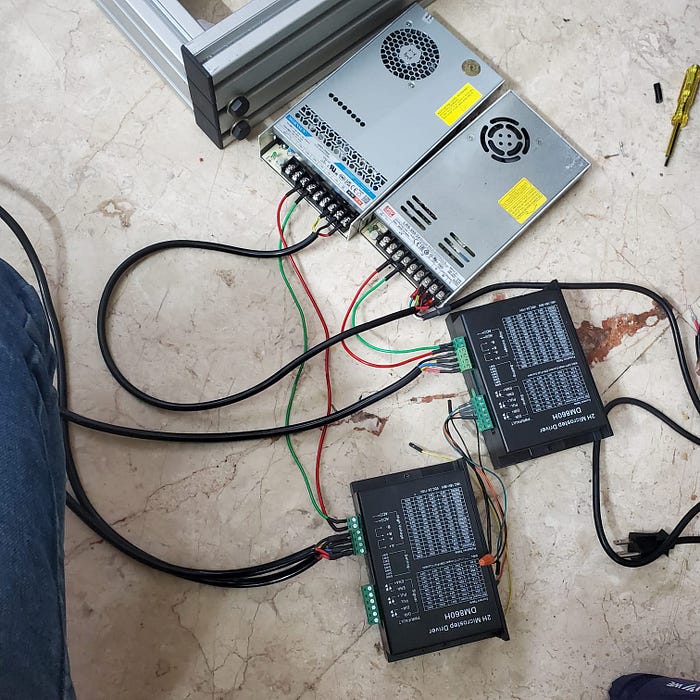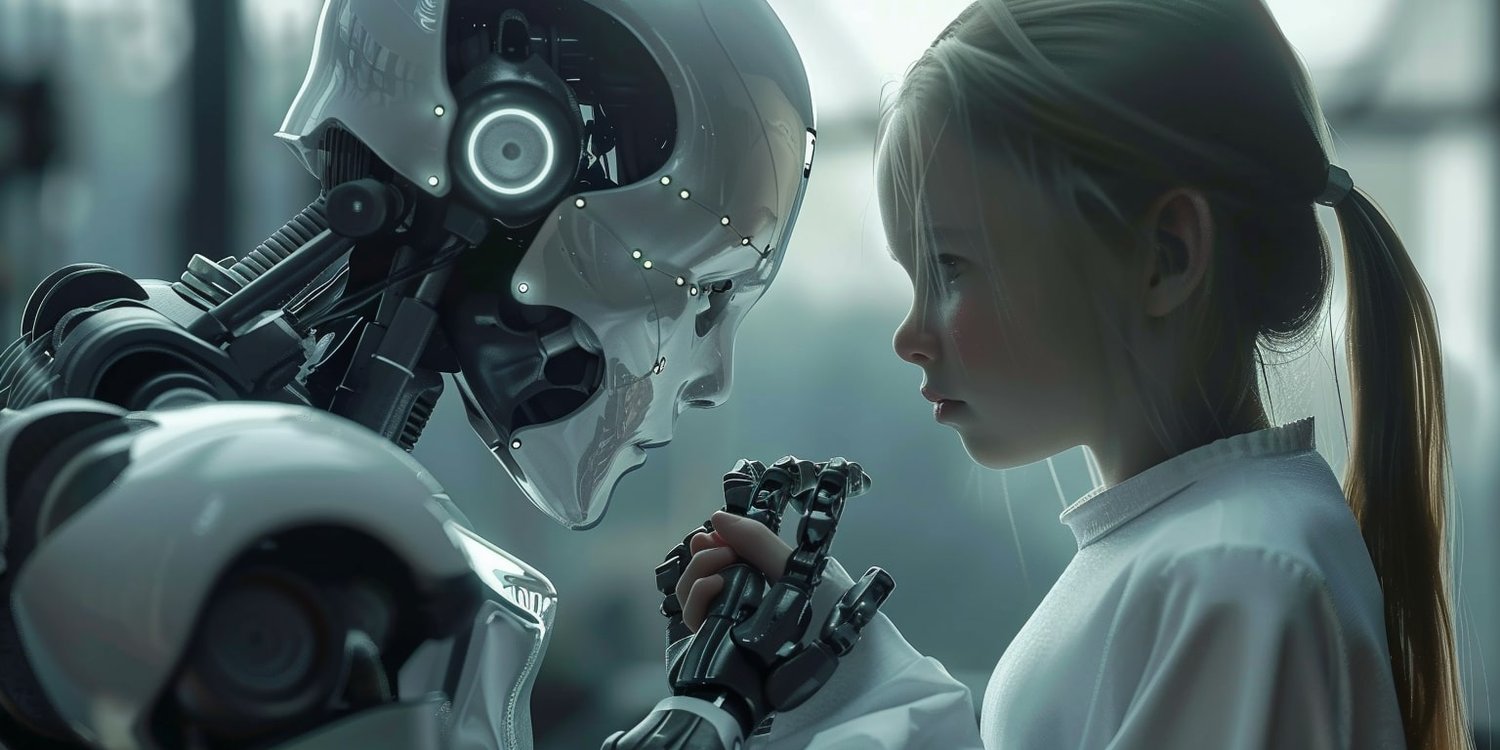Introduction to the New Reality of AI in Workplaces
“Check this for accuracy.” “Verify that output.” “Review for ethical issues.” These phrases have become all too common in workplaces adopting generative AI. Across industries, professionals find themselves burdened with an unexpected responsibility: ensuring AI systems don’t make critical mistakes — a duty far from what their original job descriptions entailed.
The Hidden Cost of AI: Loss of Human Potential
A marketing director who previously created inspiring campaigns now spends her days fixing AI-generated content. She checks if it sounds right, matches the brand, and avoids legal risks. This wasn’t what she expected from AI. A senior scientist in biopharma, formerly focused on breakthrough discoveries, now spends hours double-checking AI predictions and literature summaries. Instead of driving innovation, she’s stuck ensuring AI gets it right. Both scenarios reveal the hidden cost of AI: the loss of human potential.
When Human Expertise Becomes ‘Validation’ Work
As a builder of AI solutions, I see firsthand the limitations of AI and the need for the “human-in-the-loop”. My goal as an IT professional isn’t to dictate or impede how my colleagues work but to empower and support them. But when human expertise is spent validating AI outputs instead of driving innovation, the cognitive and operational strain becomes clear. Repetitive validation tasks drain job satisfaction, leading to cognitive fatigue and burnout.
Why Human Oversight is Essential
AI systems require human validation because GenAI systems have limits: they often produce misinformation, lack contextual understanding, and struggle with handling complex or nuanced tasks. While complete automation may be possible in some industries, heavily regulated and life-critical environments like biopharma cannot afford to remove experts from the validation process. Consequently, a new role has emerged — the human validator, requiring both domain expertise and AI literacy.
The Double-Edged Sword of AI Validation
On one hand, human validation makes AI more trustworthy, safer, and more effective:
- Medical Affairs: Teams confirm that AI-generated responses are accurate, compliant, and prioritize patient safety.
- Content Creation: Content teams refine AI writing for clarity and brand voice.
- Compliance and Quality Control: Legal and operational teams ensure AI outputs meet industry regulations and adhere to safety standards.
- Regulatory Affairs: Teams validate AI-generated submissions for regulatory compliance and accuracy.
On the other hand, human validation is costly, with significant practical and ethical concerns: - Demanding Workloads: Validation tasks require extensive time and expertise.
- Exploitation Risks: Companies outsource validation to underpaid workers globally.
- Mental Strain: Continuous validation leads to burnout and reduced morale.
Finding Balance: Prevention and Workforce Development
At first glance, solutions like validation dashboards or specialized tools seem promising. However, these approaches often mask the issue by shifting validation work to other teams or adding extra steps to business processes. More tech isn’t always the solution. Organizations should address root causes and view human expertise as central to AI success. Validation can shift from a burden to an opportunity by investing in prevention and workforce development.
Prevention Over Band-Aids
To prevent burnout and make validation more manageable:
- Set clear limits on daily tasks.
- Build breaks into schedules and vary tasks to reduce monotony and fatigue.
- Give workers freedom to handle validation tasks their way.
- Separate creative work from validation tasks.
Workforce Development
To support workers in their new roles:
- Train teams in AI literacy and critical thinking.
- Create clear career paths while protecting core expertise.
- Provide non-invasive mental health support.
Keeping Humanity in the Loop
Responsible AI isn’t just about protecting companies’ reputations or the public — it’s about protecting the workforce and safeguarding human potential. By addressing these challenges thoughtfully, we can shift validation from a burden to a source of empowerment, ensuring AI becomes a tool that elevates human expertise and “prompts” our creativity.
Conclusion
The integration of AI in workplaces has introduced a new reality where human expertise is increasingly spent on validation tasks. While human oversight is essential for ensuring the accuracy and safety of AI outputs, it also poses significant challenges, including cognitive fatigue, burnout, and exploitation risks. To find a balance, organizations must invest in prevention and workforce development, prioritizing human well-being and potential.
FAQs
- Q: What is the hidden cost of AI in workplaces?
A: The hidden cost of AI is the loss of human potential, as professionals spend more time on validation tasks and less on core responsibilities. - Q: Why is human oversight essential in AI validation?
A: Human oversight is essential because AI systems have limits, including producing misinformation and lacking contextual understanding, and heavily regulated environments require expert validation. - Q: How can organizations address the challenges of AI validation?
A: Organizations can address these challenges by investing in prevention and workforce development, prioritizing human well-being and potential, and viewing human expertise as central to AI success.











